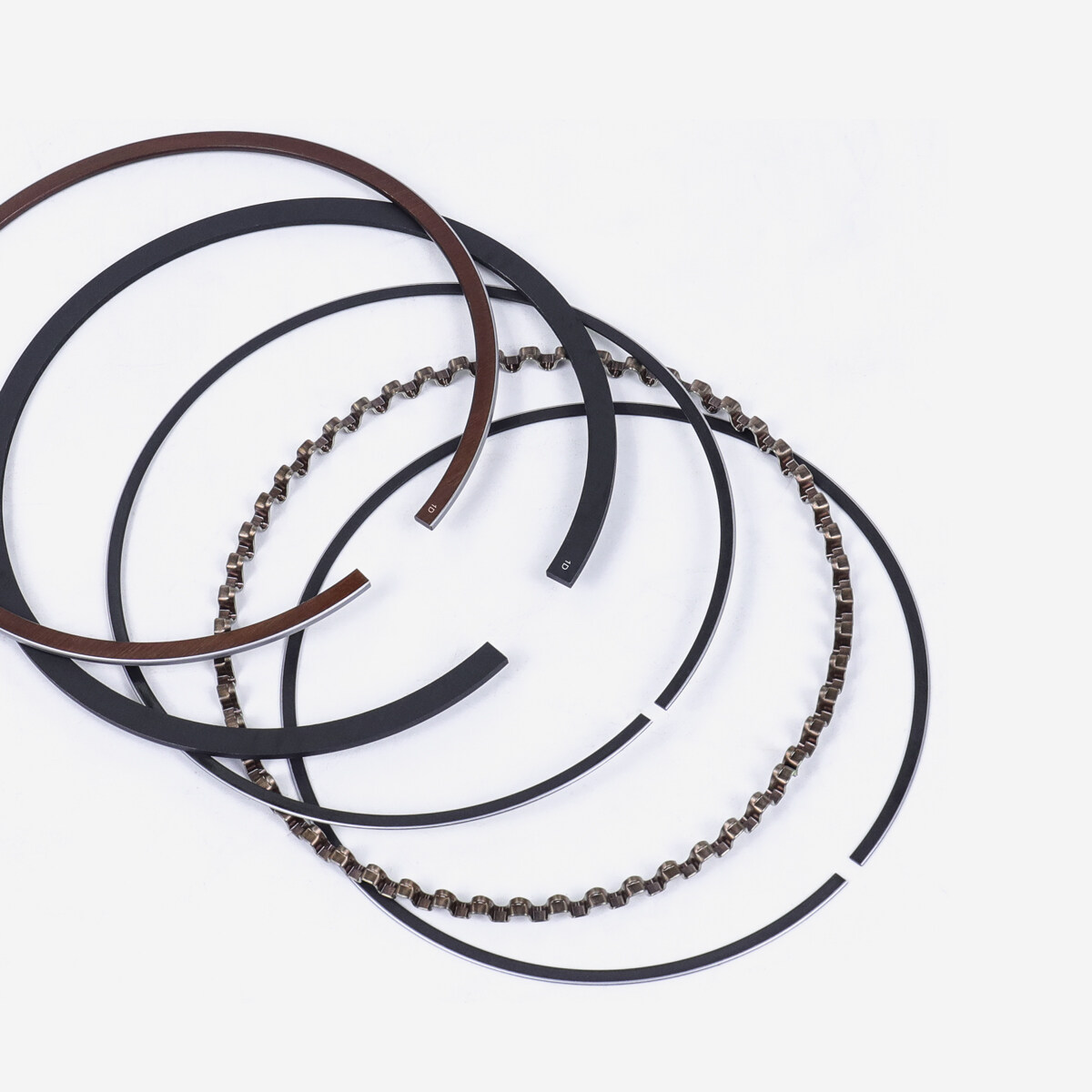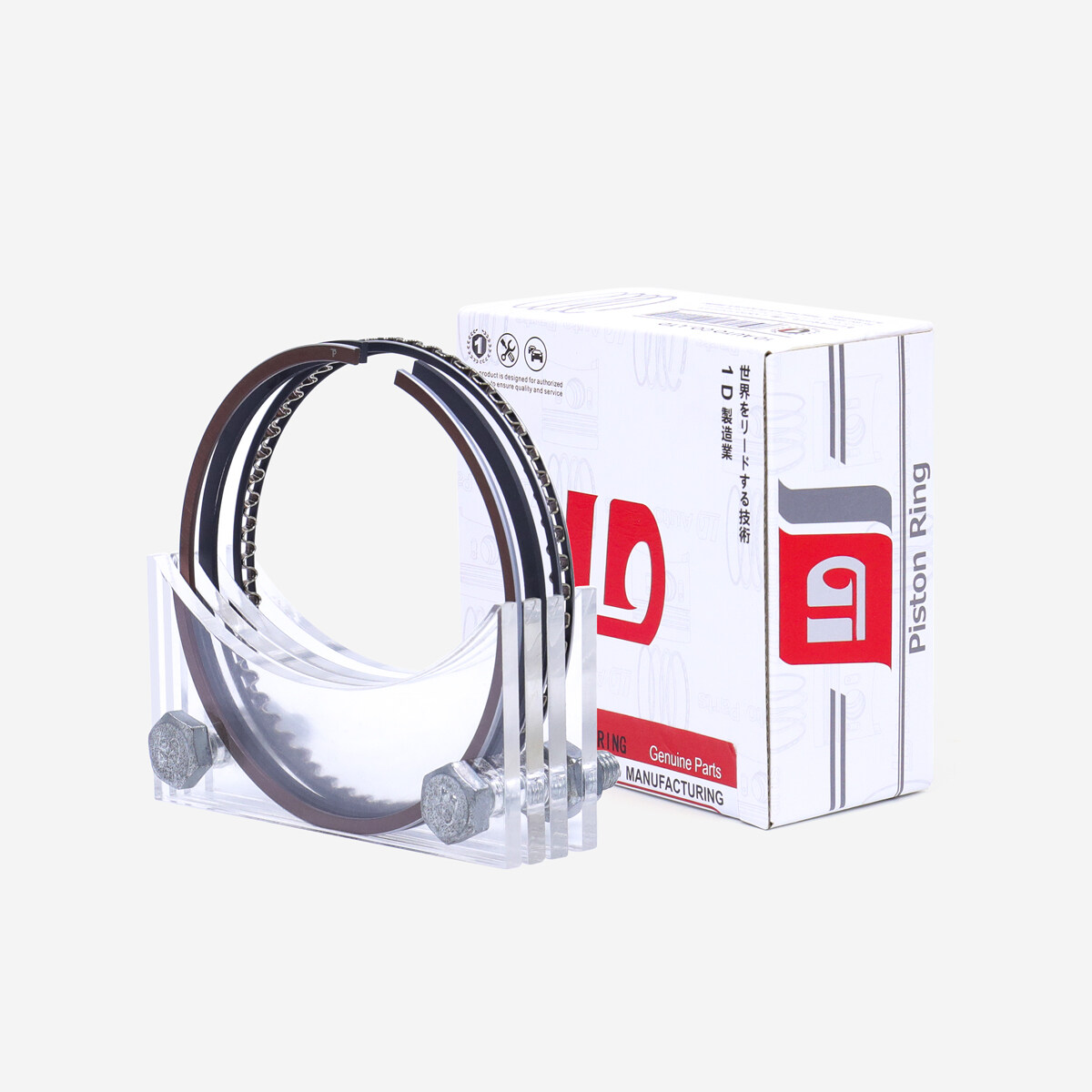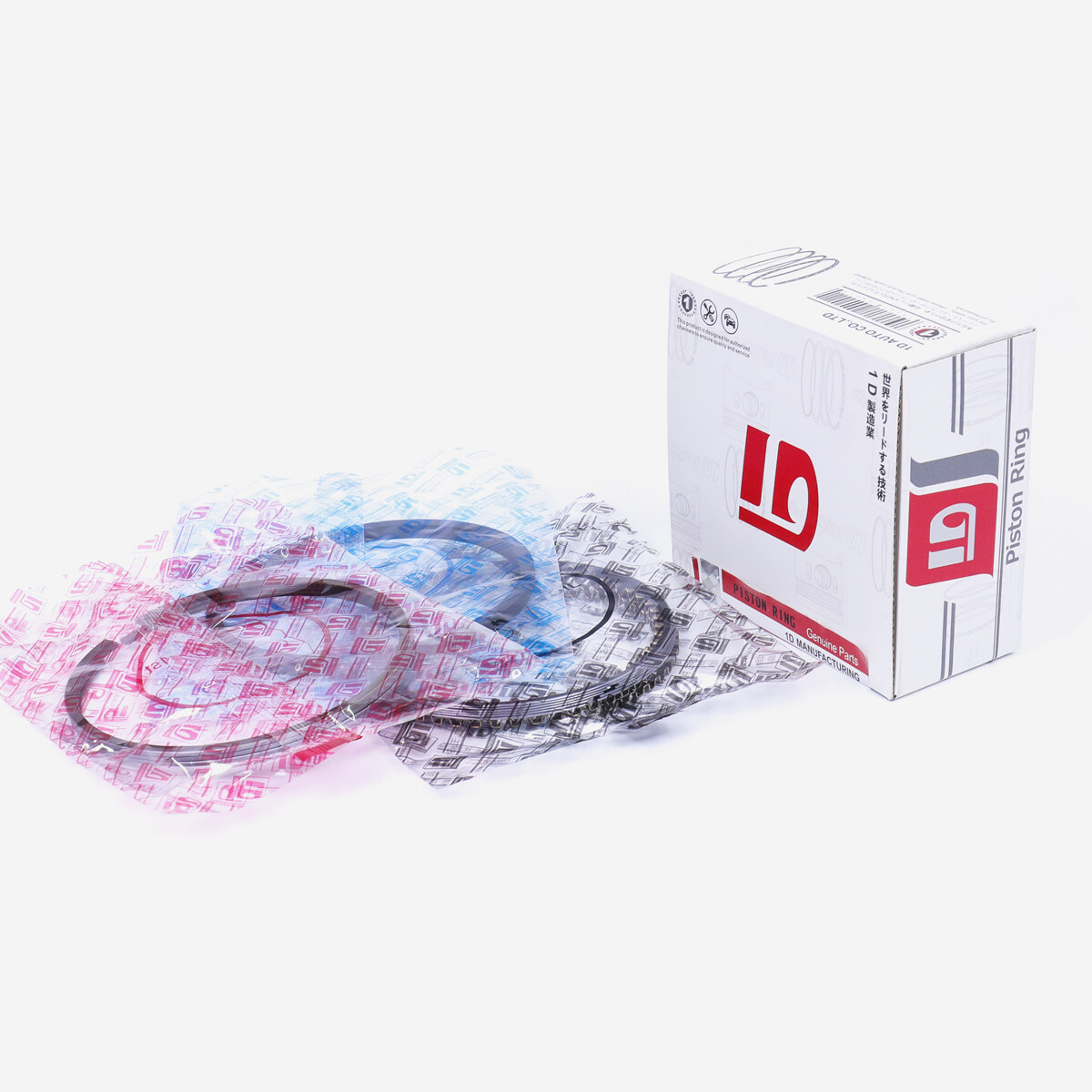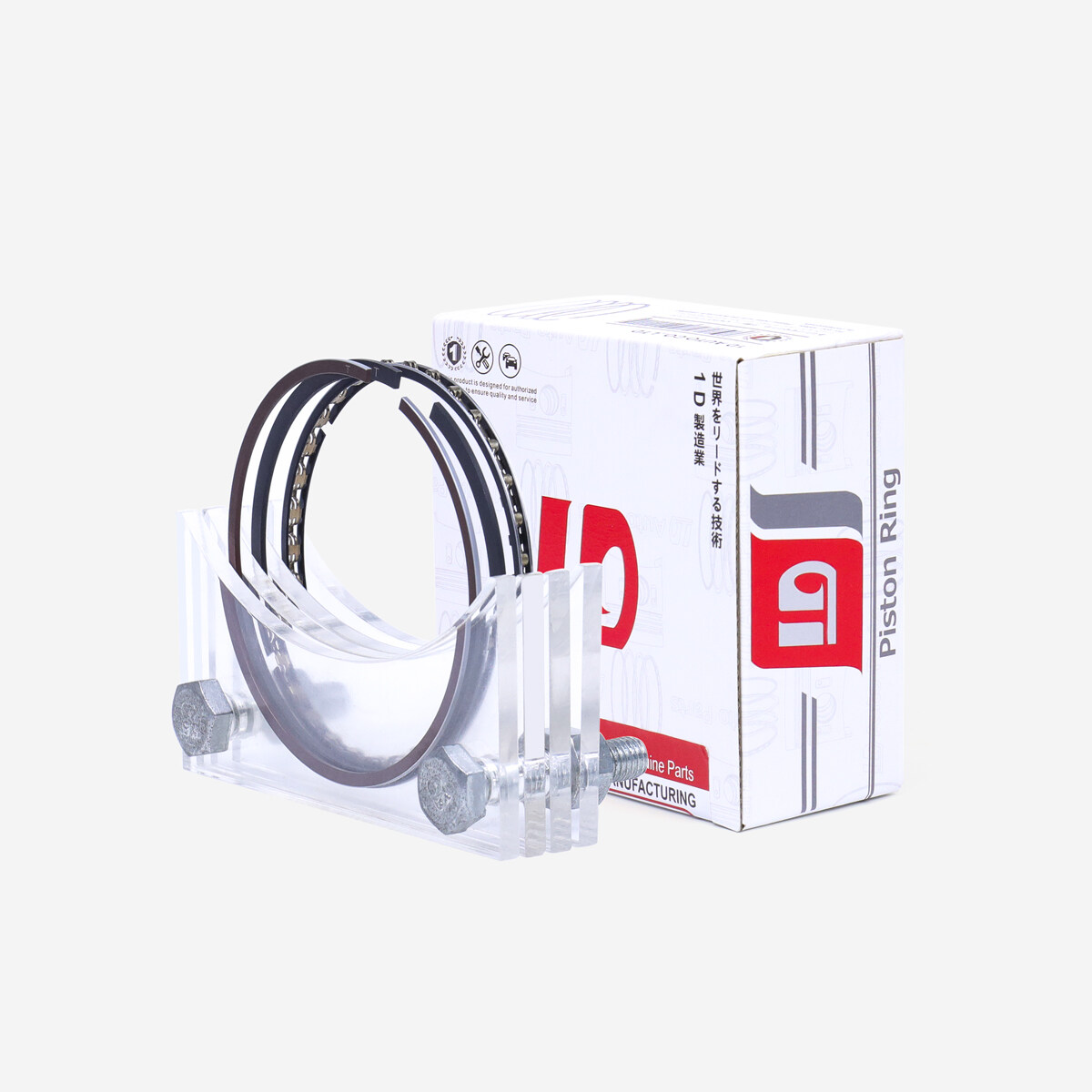In the intricate world of internal combustion engines, the piston rings play a crucial role in the overall functionality and efficiency of the engine. These small but mighty components are essential for maintaining compression, managing heat, and ensuring proper lubrication within the engine.
 **Main Functions of Piston Rings**
**Main Functions of Piston Rings**The primary function of piston rings is to establish and maintain a seal between the piston and the cylinder wall. This seal is vital for several reasons:
- 1. **Compression Seal**: Piston rings create a tight seal that prevents the combustion gases from escaping into the crankcase during the power stroke. This ensures maximum pressure is applied to the piston, translating into efficient power output.
- 2. **Heat Transfer**: The rings also facilitate the transfer of heat from the piston to the cylinder wall. This is crucial for maintaining optimal operating temperatures and preventing the piston from overheating.
- 3. **Lubrication**: Additionally, piston rings help distribute oil along the cylinder walls, reducing friction between the piston and the cylinder. Proper lubrication is essential for minimizing wear and tear and extending the engine's lifespan.
 **The Significance of the Three Piston Rings**
**The Significance of the Three Piston Rings**In most modern engines, pistons are equipped with three distinct rings, each serving a specific purpose:
- 1. **Compression Ring**: The top ring, known as the compression ring, is primarily responsible for sealing the combustion chamber. Its main function is to prevent combustion gases from leaking into the crankcase during the power stroke. This ring endures the highest temperatures and pressures and is crucial for engine performance.
- 2. **Oil Control Ring**: Located at the bottom of the piston, the oil control ring's primary role is to manage the oil supply between the piston and cylinder wall. It wipes excess oil off the cylinder wall, preventing it from entering the combustion chamber. Effective oil control is vital for reducing oil consumption and maintaining engine efficiency.
- 3. **Intermediate Ring**: The second ring from the top, the intermediate ring, acts as a secondary seal. While it also contributes to maintaining compression, its primary function is to provide additional support in heat transfer from the piston to the cylinder wall. This ring helps in balancing the temperature across the piston and cylinder, enhancing overall engine performance.

In conclusion, the piston rings are integral components of the internal combustion engine. Their role in establishing and maintaining a seal, managing heat, and ensuring proper lubrication cannot be overstated. The three distinct rings, each with its unique function, work in harmony to optimize engine performance and longevity.
The above is the introduction of piston rings summarized by the editor. If you want to buy new piston rings, we sincerely hope that you will choose us!
Whatsapp: +86 18144837660
Web:www.1dauto.com.
Email:onedauto@qq.com




